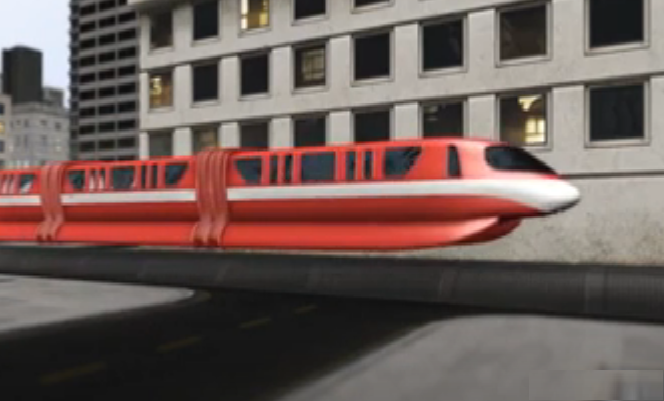
The floating train was launched experimentally in China earlier this year. The idea is that it will be able to move more easily through the crowded city streets, making it a much more efficient way of getting around.
The floating train uses a magnetic system that allows it to move along rails that are suspended from a large metal frame. This system is said to be much more stable and faster than traditional trains, which means that passengers will be able to travel at a much faster pace without having to worry about accident.
Though the launch of the floating train was a success, there are still some kinks that need to be worked out before it can become truly popular. For example, the price of tickets still needs to come down significantly so that people can afford to use it regularly.
Further improvements are needed in order for the train to withstand harsh weather conditions (like rain or snow). Nevertheless, overall analysts believe that the floating train has potential and is likely to play an important role in transforming China’s transportation system in the future.
A Chinese railway company has successfully launched a new type of train that uses magnets to stay afloat. The train is said to be more efficient and cheaper to operate than traditional trains, as it can travel on water without needing tracks or engines.
The train, which was developed by the China Railway Group (CRG), is based on a technology known as magnetically levitated vehicles (Maglev), and uses magnets to keep it afloat. The floating train can travel up to 128 kilometres per hour, and is said to be more efficient than traditional trains because it doesn’t need tracks or engines.
The CRG has already initiated trials of the floating train in several Chinese cities, and plans to launch commercially available models by 2022. It is hoped that the floating railway will help improve transportation infrastructure in China, as well as reduce congestion and pollution.
Related Articles:
Amazing Facts About Bullet Train
























